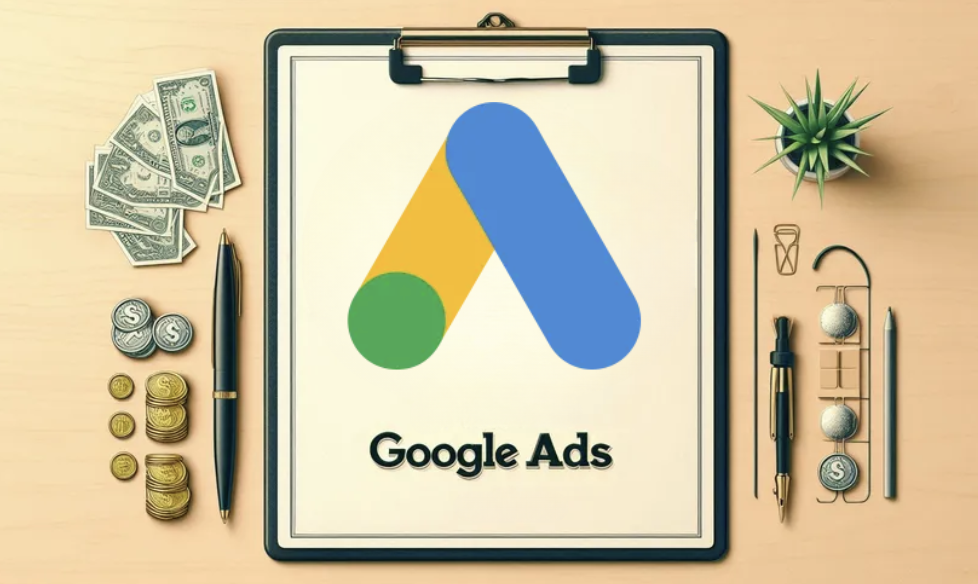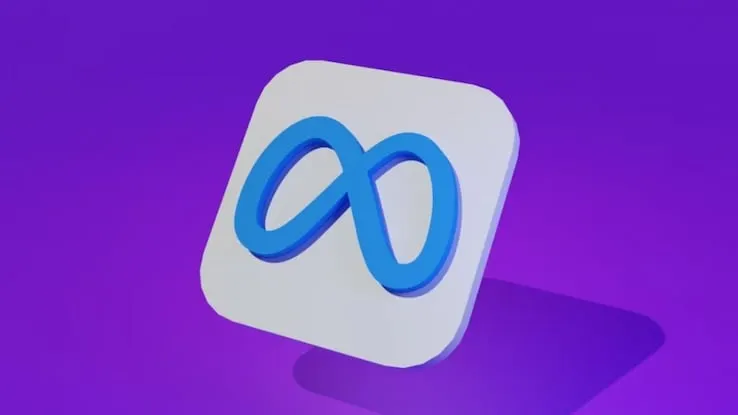Google Ads is one of the most effective digital advertising platforms, but without the right strategies, businesses often struggle with high costs and low returns. If your Cost-Per-Click (CPC) is draining your budget while conversions remain stagnant, it’s time to optimize your campaigns. In this blog, we’ll explore proven techniques to lower CPC while maximizing conversions, ensuring your ad spend delivers the best results.
How can I control my Google ads Spent?
1. Improve Quality Score to Lower CPC
Google rewards advertisers with lower CPC when they maintain a high Quality Score. This score is determined by:
- Ad Relevance – Ensure your ad copy matches the keywords you are bidding on.
- Expected Click-Through Rate (CTR) – Write compelling, keyword-optimized ad copy that entices users to click.
- Landing Page Experience – Optimize your landing pages with fast load speeds, mobile responsiveness, and relevant content.
A higher Quality Score results in better ad placements at a lower cost, ultimately improving ROI.

2. Use Long-Tail Keywords for Lower Competition
Instead of bidding on broad, high-competition keywords, focus on long-tail keywords. These keywords have lower search volume but attract highly targeted users who are more likely to convert. For example, instead of bidding on “digital marketing services,” target “affordable digital marketing services for startups.”
Long-tail keywords reduce CPC while driving high-intent traffic, resulting in more conversions.
3. Optimize Ad Targeting to Reach the Right Audience
Running ads without precise targeting wastes your budget. Use Google Ads’ advanced targeting features to refine your audience:
- Geo-Targeting – Focus on specific locations where your target customers are active.
- Demographics & Interests – Adjust bids for users based on age, gender, income, or interests.
- Device Targeting – Optimize ads for mobile users if most conversions happen on mobile devices.
By narrowing your audience, you avoid unnecessary clicks from irrelevant users, reducing CPC while increasing conversion rates.
4. Implement Negative Keywords to Prevent Wasted Clicks
Negative keywords help prevent your ads from showing up in irrelevant searches. For example, if you provide premium digital marketing services, adding negative keywords like “free,” “internship,” or “low-cost” can stop unqualified traffic from clicking your ads.
Regularly updating your negative keyword list minimizes wasted ad spend, ensuring your budget is allocated to potential customers who are more likely to convert.
5. Optimize Ad Copy for Higher Click-Through Rate (CTR)
Google rewards ads with high CTR by reducing CPC and improving ad rank. To enhance your ad copy:
- Use power words that create urgency (“Limited Offer,” “Exclusive Discount”)
- Highlight unique selling points (“Proven ROI,” “Certified Experts”)
- Include numbers or statistics (“Boost Sales by 30%”)
- Add a strong Call-to-Action (“Get a Free Consultation”)
The better your ad copy, the higher your CTR, leading to improved ad placement and lower CPC.
6. A/B Test Ads for Maximum Performance
Split testing (A/B testing) helps identify which ad creatives, headlines, and descriptions perform best. By continuously testing variations, you can:
- Determine which CTAs generate the most conversions
- Optimize landing pages based on user engagement
- Refine ad messaging for better relevance
Data-driven A/B testing ensures that only high-performing ads receive your budget, reducing unnecessary spending.
Get Expert Help to Maximize Your Google Ads ROI
Struggling with high ad costs and low conversions? Our team of Google Ads specialists is here to help you reduce CPC, optimize campaigns, and drive high-quality leads that convert. Whether you need targeted ad strategies, landing page optimization, or data-driven bidding techniques, we ensure your ad budget delivers the best possible ROI. Let’s take your business to the next level—contact us today for a free consultation!





